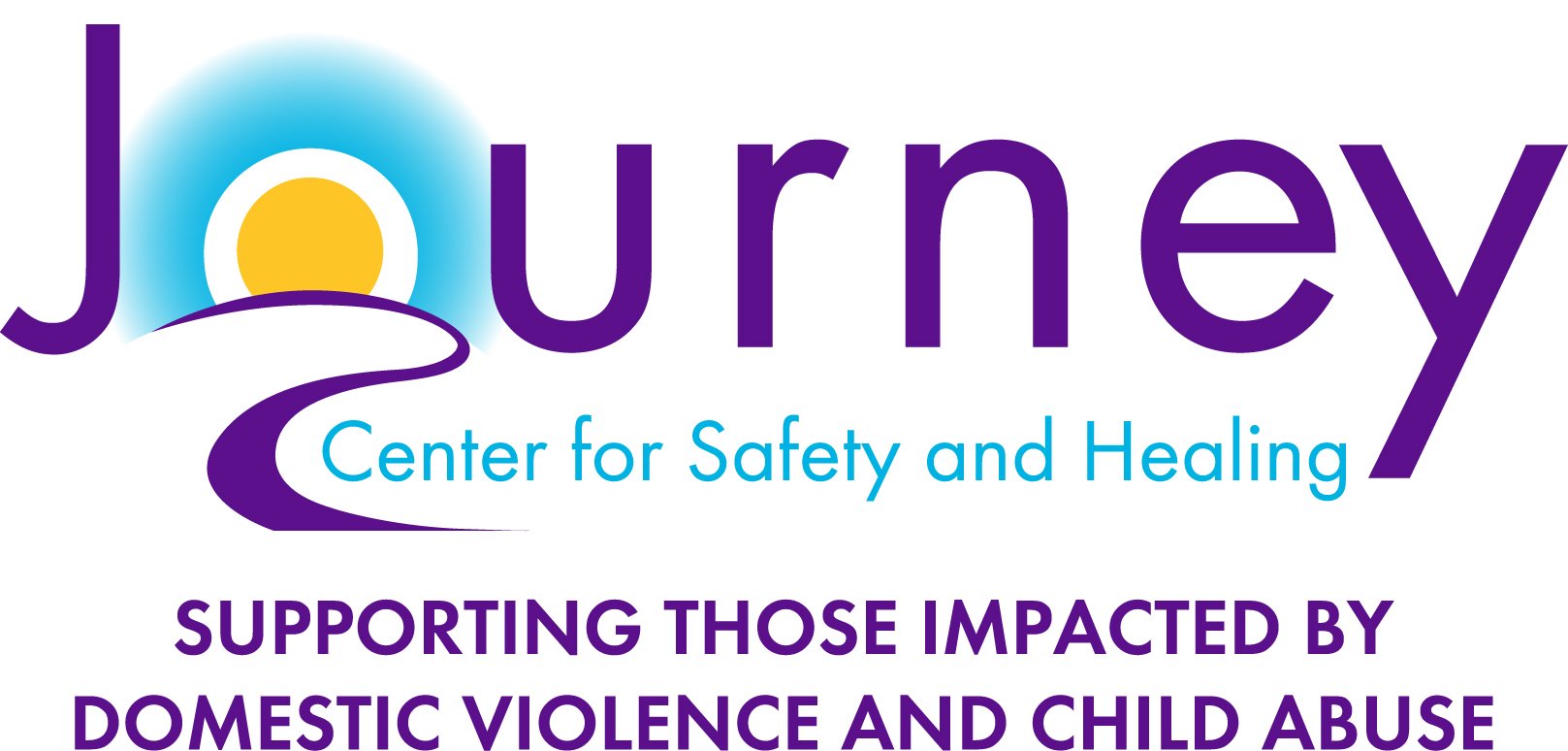Let’s Talk: The Impact of Domestic Violence on Different Communities
Domestic violence can affect anyone, but the way it appears may look different for different people. At the core domestic violence is about power and control. However, abuse will look different depending on a person's age, race, gender, sexuality, class, education, or a number of other factors. Regardless of the circumstances of your relationship or past, no one ever deserves to be abused and you’re never responsible for your partner’s abusive actions.
Abuse in Black Communities:
Due to systemic racism, both Black women and Black men experience domestic violence at higher rates than other communities.
Black women are 2.5 times more likely to be murdered by men than white women.
More than 40% of Black women will experience domestic violence in their lifetime in the United States.
Common factors and considerations exist which may account for under-reporting of domestic violence by women of color and a failure to seek appropriate help services. Some commonalities include:
Cultural and/or religious/spiritual beliefs that restrain the survivor from leaving the relationship or involving outsiders.
Social unacceptability of separation or divorce, stigmatization.
Strong loyalty binds to race, culture and family (immediate and extended).
Abuse in Deaf Communities:
Tactics of abuse commonly used against people who are D/deaf or hard of hearing include:
An abuser may attempt to control communications or isolate their partner.
Destroy assistive devices.
Speak poorly about the Deaf community or prohibit a victim from using ASL.
Abuse in Disability Communities:
Women with disabilities have a 40% greater chance of domestic violence than women without disabilities.
People with disabilities often face barriers to accessing help that make them more vulnerable to abuse. An abuser may use some of the following tactics:
Stealing or withholding disability checks.
Using a disability to shame or humiliate their partner.
Preventing their partner from seeing a doctor or going to medical appointments.
Using your disability to justify abuse.
Abuse in Immigrant Communities:
Immigrant women (including Latinas) who are married were more likely to experience intimate partner violence than unmarried immigrant women. Individuals without citizenship status, or other forms of documentation may face heightened risks. An abuser may:
Attempt to prevent their partner from learning English.
Destroy legal documents or papers such as passports or resident cards.
Threaten deportation or withdrawal of petitions for legal status.
Abuse in Latino Communities:
About 1 in 3 Latinas (34.4 %) will experience IPV during her lifetime and 1 in 12 Latinas (8.6%) has experienced IPV in the previous 12 months.
Forty-eight percent of Latinas in one study reported that their partner’s violence against them had increased since they immigrated to the United States.
Cultural factors found in the Latino community can create added challenges for victims who want to talk about abuse, including:
Familismo is the importance of family in most Latino households. Keeping the family whole is seen as a priority.
Religion can be a comfort for many, but it can also create issues for victims. Religious beliefs may prevent someone from taking action.
Abuse in LGBT+ Communities:
Due to systemic issues individuals in the LGBT+ communities experience higher rates of violence than other communities.
43.8% of lesbian women and 61.1% of bisexual women have experienced rape, physical violence, and/or stalking by an intimate partner at some point in their lifetime, as opposed to 35% of heterosexual women
26% of gay men and 37.3% of bisexual men have experienced rape, physical violence, and/or stalking by an intimate partner in their lifetime, in comparison to 29% of heterosexual men
LGBT+ individuals may face forms of abuse or barriers to accessing support based on prejudices against their gender expression or sexuality, including:
Fear of isolation from their family or community.
Shame or embarrassment around their identity, that an abuser may use to exert power and control.
Fear they will not receive services.
Abuse in AAPI Communities:
In the US, AAPI immigrant and refugee women experience discrimination, racism, unemployment, isolation and continuous fear of being detained or deported. Specific dynamics of DV in API communities include:
Multiple abusers residing in the home
Push factors like leave the house, give me a divorce occur more often from abusive partners than pull factors like come back to me, I love you
Tightly prescribed and more rigid gender roles
Domestic violence homicides including honor killings, contract killings, dowry related deaths, killing of family members in the home county, or being driven by the partner and in-laws to commit suicide
Abuse in Aging Communities:
Elder abuse, broadly defined, includes physical, sexual and emotional abuse, financial exploitation, neglect and self-neglect, and abandonment. Older domestic violence victims face unique obstacles in getting the help and services that they need. Many older adults will not report domestic violence for a number of reasons:
They may be dependent on their abuser for basic needs, such as housing, food, or care
They may be embarrassed or confused about their situation
They may also face isolation and have difficulty leaving the home to seek help
Seniors who experience domestic violence can face greater physical consequences, including a higher risk of falls, greater severity of injury, and slower healing and recovery.
It's important to remember that cultural identities contain the histories of a people. Including traditions, struggles, achievements, and triumphs. Culture nourishes pride, resilience, belonging, and connection to community. Remember, no one deserves to experience abuse, and everyone deserves to be in a healthy and loving relationship.
We are always here for you when you need to talk. Call or text our 24-Hour Helpline: 216.391.4357 (HELP) or live chat.
